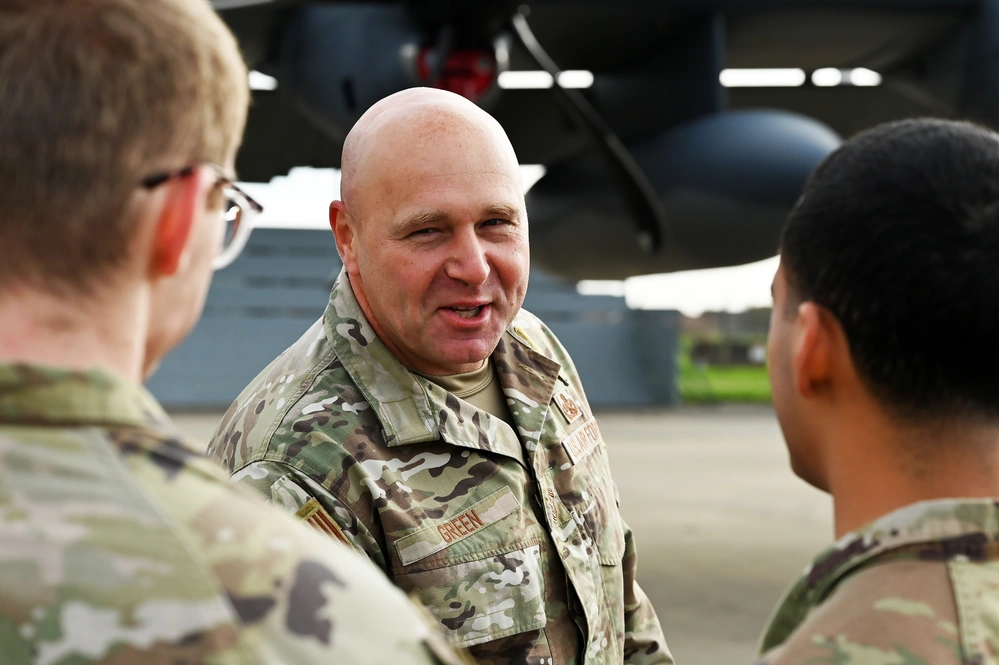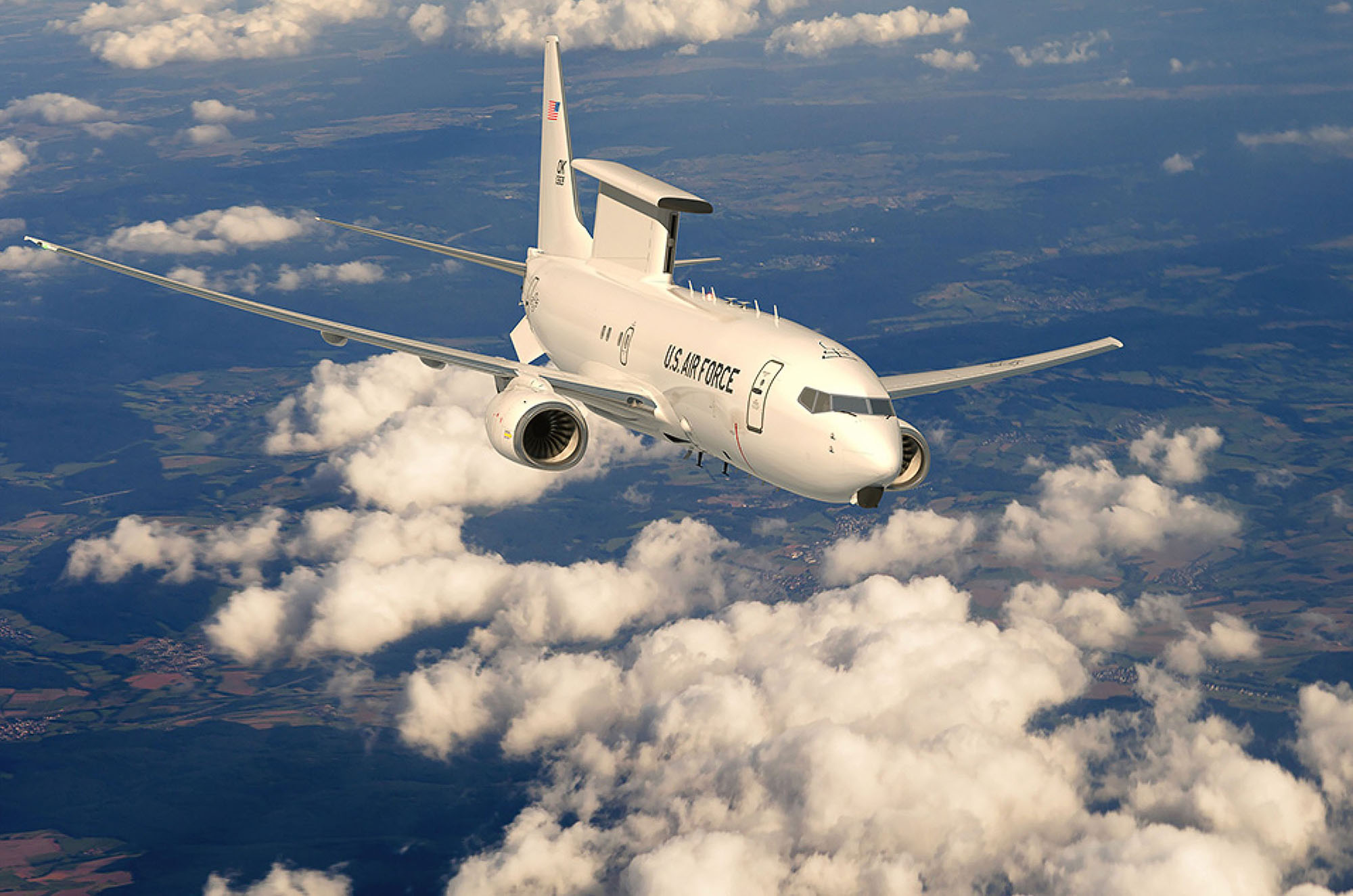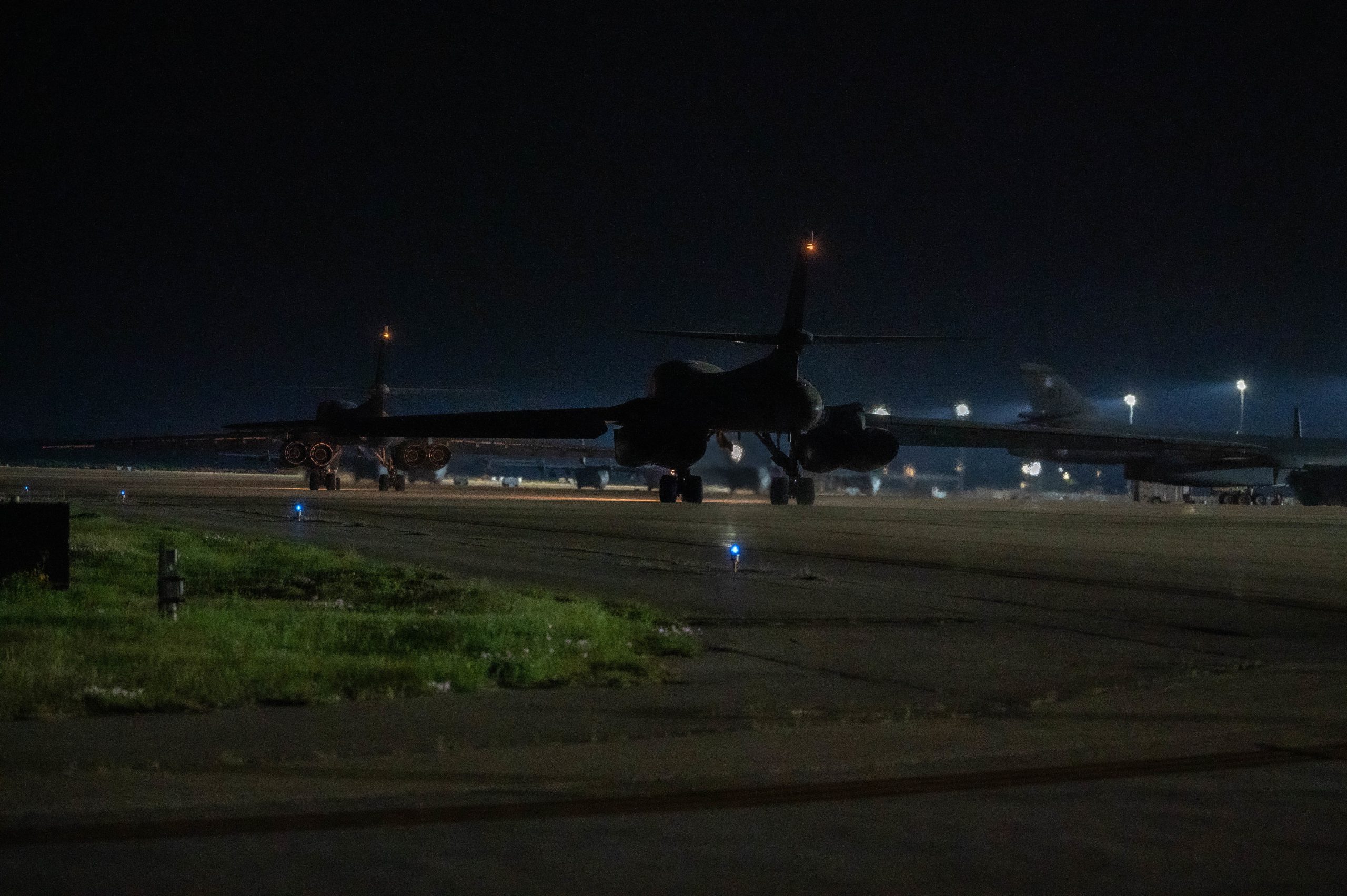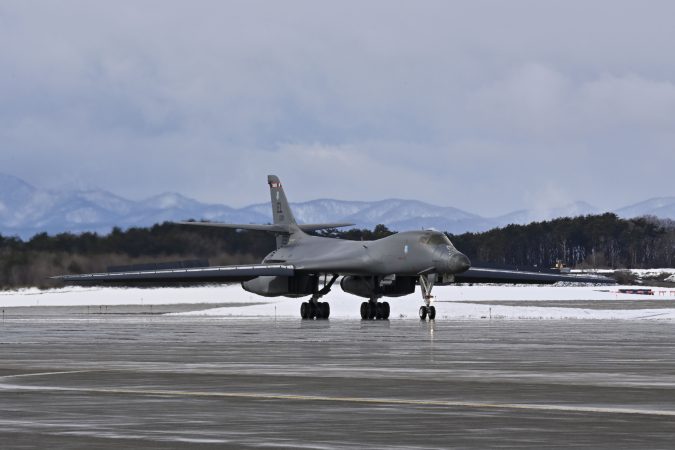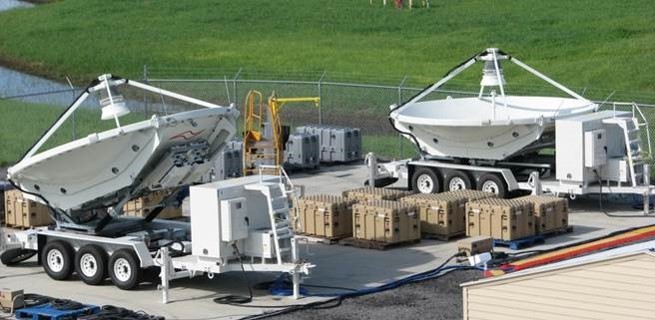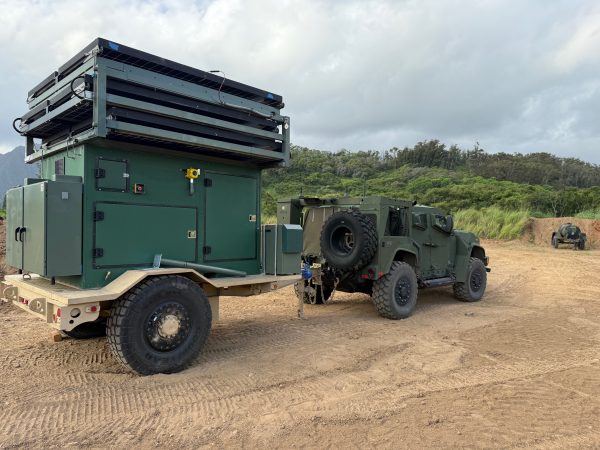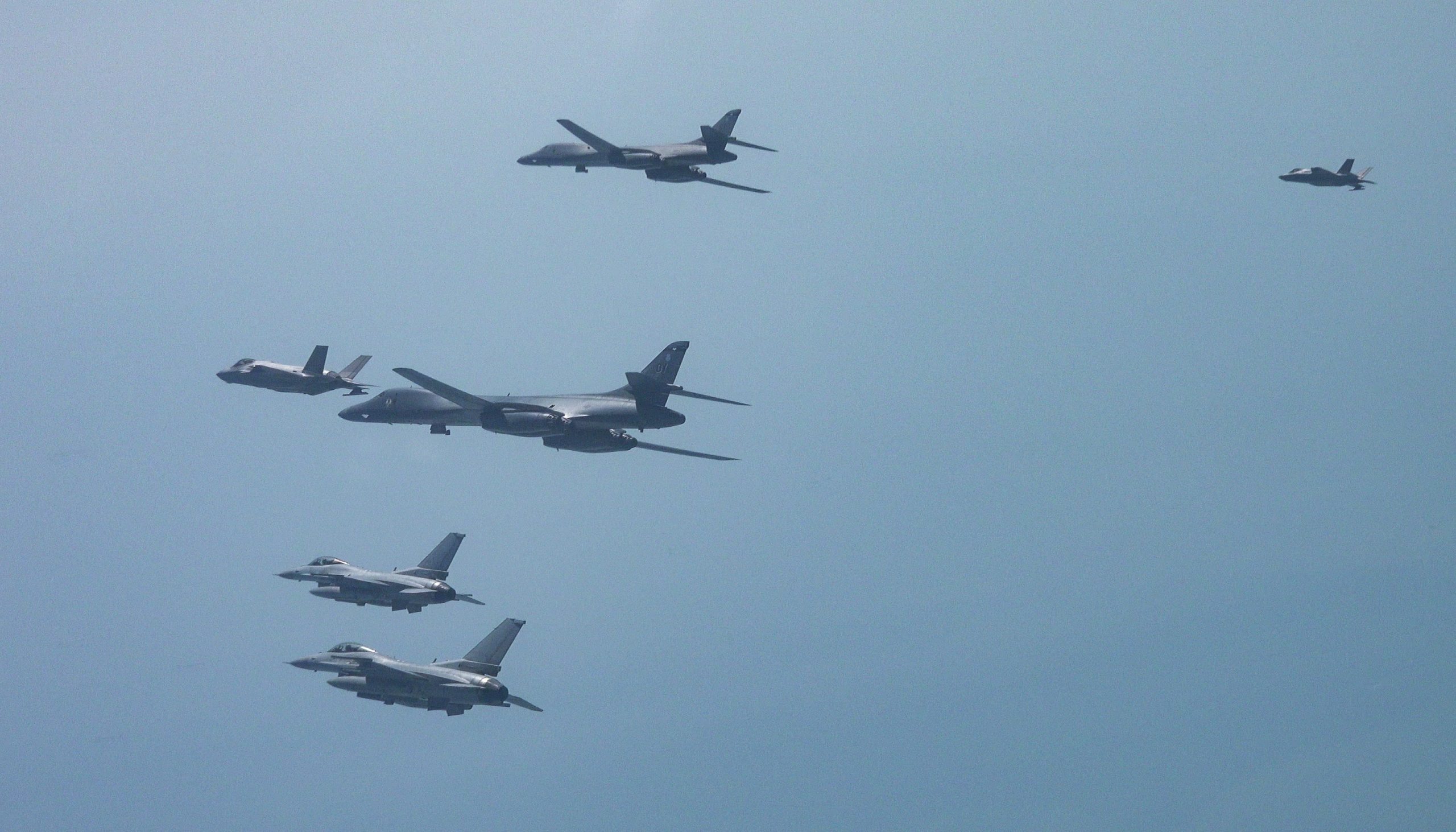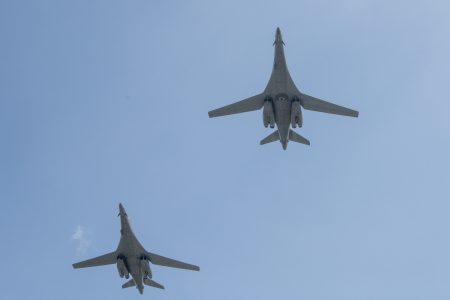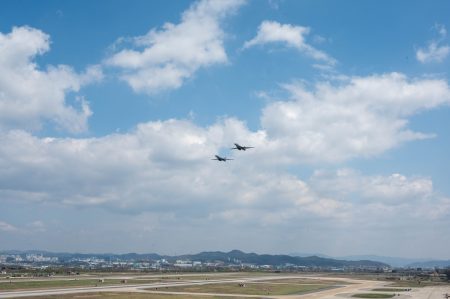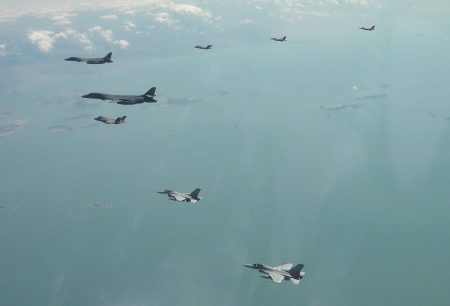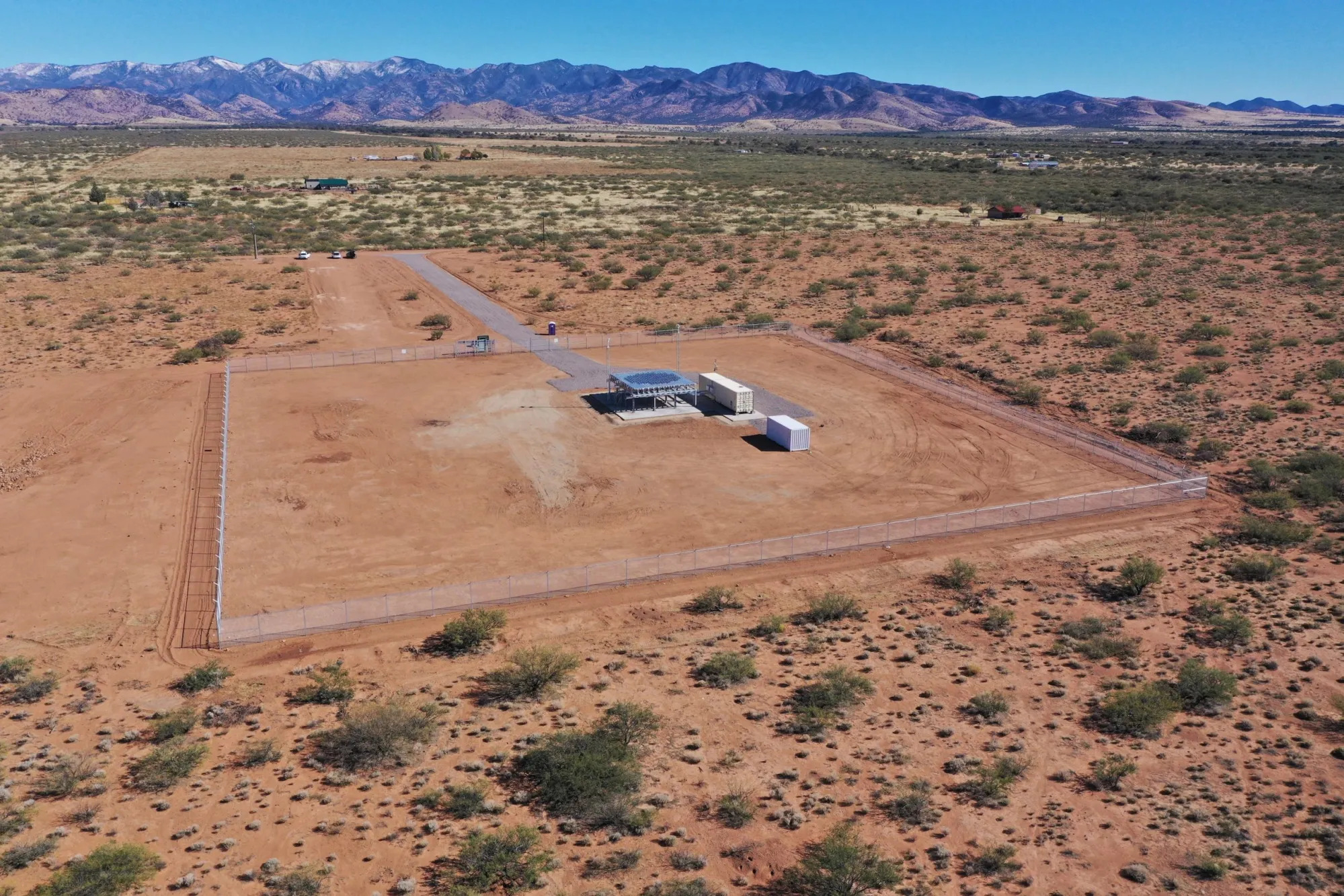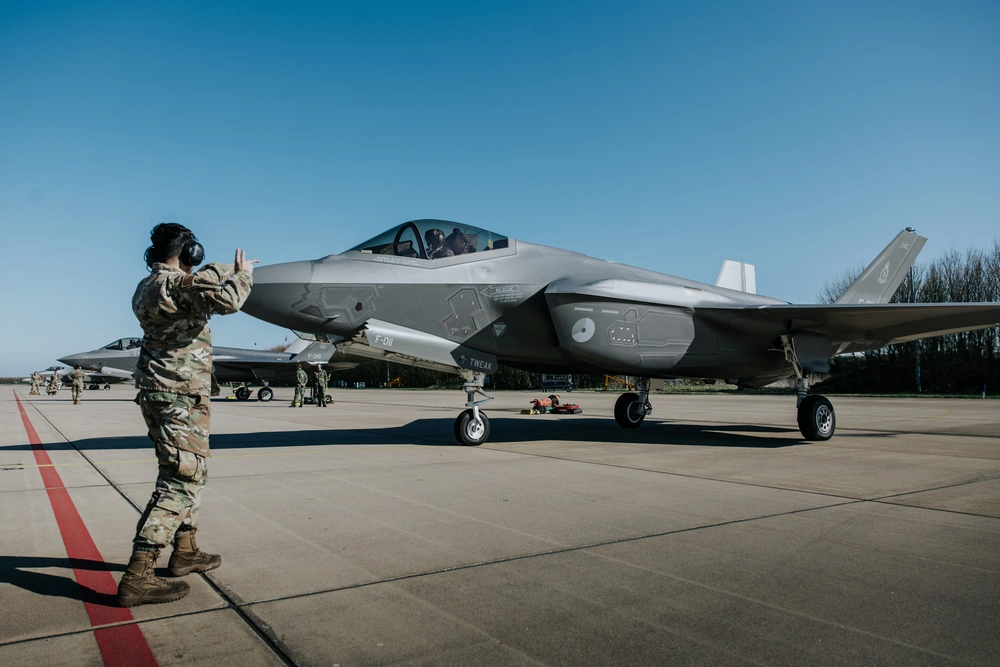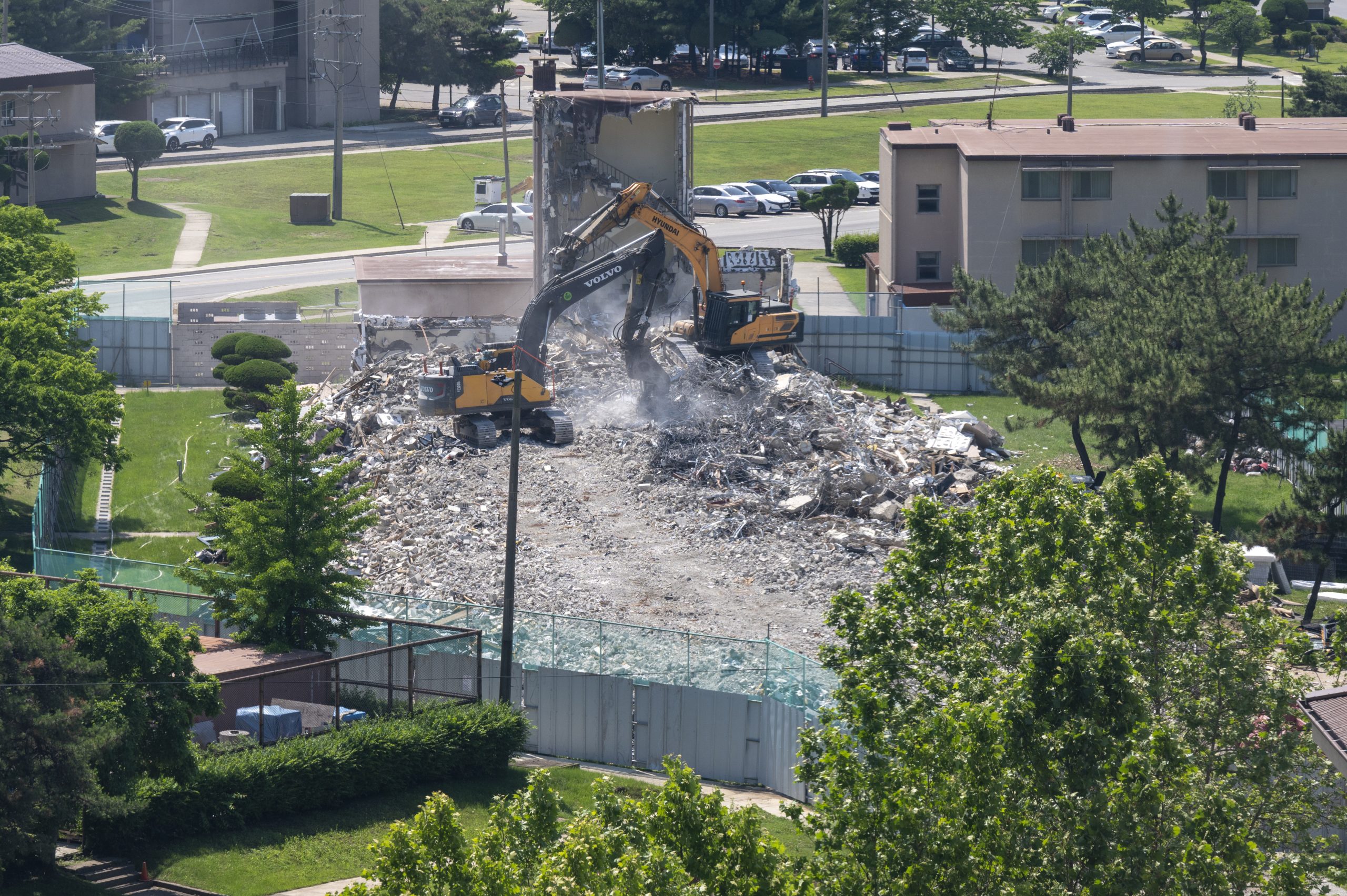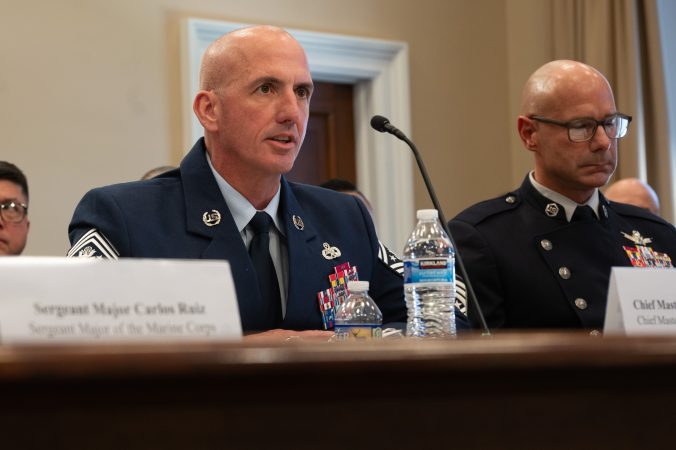The top enlisted Airman in Air Force Special Operations Command was relieved of the position April 14, but few details are available amid an ongoing investigation.
AFSOC commander Lt. Gen. Mike Conley relieved Chief Master Sgt. Anthony Green “due to a loss in confidence in his ability to fulfill his duties,” according to an April 15 press release.
“I want to assure you that this decision was only made after careful consideration of the circumstances,” Conley wrote in a message to AFSOC that day. The message was posted on the unofficial Air Force amn/nco/snco Facebook page and Lt. Col. Rebecca Heyse, director of public affairs for AFSOC, confirmed its authenticity.
“As Airmen, we are entrusted with incredible responsibility and held to the highest standards of conduct,” Conley added. “Upholding these standards is non-negotiable, and maintaining good order and discipline is fundamental to who we are.”
When asked which standards Green may have allegedly failed to uphold, Heyse said AFSOC could not comment at the time. She said an investigation is ongoing but could not comment as to whether the probe was being conducted by the Office of Special Investigations, an inspector general’s office, a commander-directed investigation, or some other entity.
The process to determine where Green will be assigned and who will replace him as AFSOC command chief is also ongoing.
“AFSOC is committed to the welfare of all our Airmen and maintaining good order and discipline which is necessary to preserve the trust placed in us to execute our critical global missions,” Heyse added.
Green joined the Air Force in 1995 and worked in C-130 maintenance for much of his career, according to his biography.
Green is the latest in a string of Airmen in leadership positions facing scrutiny. On April 15, a military judge sentenced Col. Christopher Meeker, former commander of the 88th Air Base Wing at Wright-Patterson Air Force Base, Ohio, to 21 days confinement, a reprimand, and forfeiture of $14,000 after a court martial where Meeker pleaded guilty to charges of fraternization and willfully disobeying a superior officer. The government dismissed a charge of extramarital sexual conduct as part of the plea agreement. Meeker was relieved of command in December 2023.
A career Air Force civil engineer, Meeker said his actions demonstrated a lack of personal and professional discipline, according to an April 15 press release.
Last week, Col. Susannah Meyers was removed as commander of Pituffik Space Base in Greenland after Military.com revealed an email she wrote to base personnel distancing herself from Vice President J.D. Vance’s criticism of Denmark’s control of the island that the vice president made during a visit to the base. A Space Force spokesperson indicated that Meyers’ comments were political, leading to her dismissal.
